FROM THE PASTOR’S DESK
Dear St. Mary’s Parishioners,
The most scientifically studied religious artifact in history sits in a locked vault in the cathedral of Turin, Italy since 1578. Before that, it had been in Chambery, France since the 1350s. Known as the Shroud of Turin, it purportedly shows a mysterious image of a crucified individual, bearing all the hallmarks of a man that was brutally tortured which match the description of Jesus' own crucifixion. It is believed by many to be the actual burial cloth that draped his body after he was taken down from the cross and laid in the tomb. It made a huge splash in the popular consciousness in 1898 when the first photographs of the photo negative were published. The image of a man’s face that looked like Jesus stood out dramatically. From that moment on, scientists have studied every aspect of this shroud.
The dating of the shroud has been steeped in controversy since 1988, when a team of scientists took a sample from one corner of the cloth and using radiocarbon dating, placed its origin to the early Medieval period. People immediately labeled the shroud a hoax. However, that did not quell the controversy. Many other scientists, believers and unbelievers alike, questioned the methodology of the 1988 study. The debate has been reignited recently after a new study in its age, was published by William Meacham, an American archaeologist. Using a more accurate isotope test on the shroud, researchers confirmed that the age of cloth dates back to the time and region of where Jesus died. Meacham said, “With a probable near Eastern origin, new doubts must be raised about interpreting the shroud as simply a fake relic made in medieval Europe, and new questions arise about what the image of the cloth signifies. The possibility that this cloth is actually the burial shroud of Jesus is strengthened by this new evidence.”
Whether this is truly the burial shroud of Jesus Christ or not can never be fully determined with 100% certainty. We simply do not have a secondary source of the DNA of Jesus to compare it too. One thing for certain is that the man whom the image shows on the ancient shroud, suffered horrifically. In another 2017 study by a team from the Hospital University in Padua, Italy, they determined that “the person who suffered and died in exactly the same manner that Christ did as recorded in the Gospels.” They went on to say that “They also saw signs of severe emotional stress and depression; severe hypovolemic-traumatic shock, acute respiratory failure at an early stage by crucifixion and causalgia [chronic pain in a limb]; blunt trauma following a fall, with paralysis of the entire right brachial plexus [shoulder nerves]; right shoulder dislocation, pulmonary contusion with hemothorax [lung injury], cardiac contusion [heart injury], probable left ulnar proximal paralysis and right foot dislocation from stretching during crucifixion.” He also had evidence of 30 wounds piercing his entire head and over 120 lacerations on his body. (https://catholicherald.co.uk/new-evidence-indicates-turin-shroud-not-a-european-forgery/)
A Slave of Jesus Christ,
Fr. Brian J. Soliven
